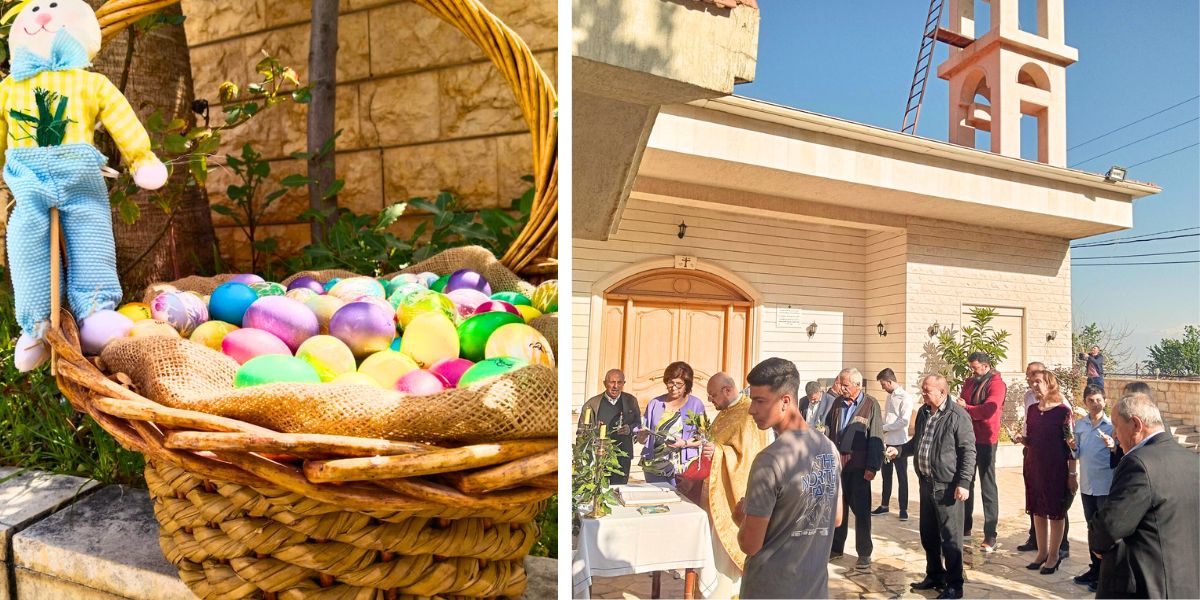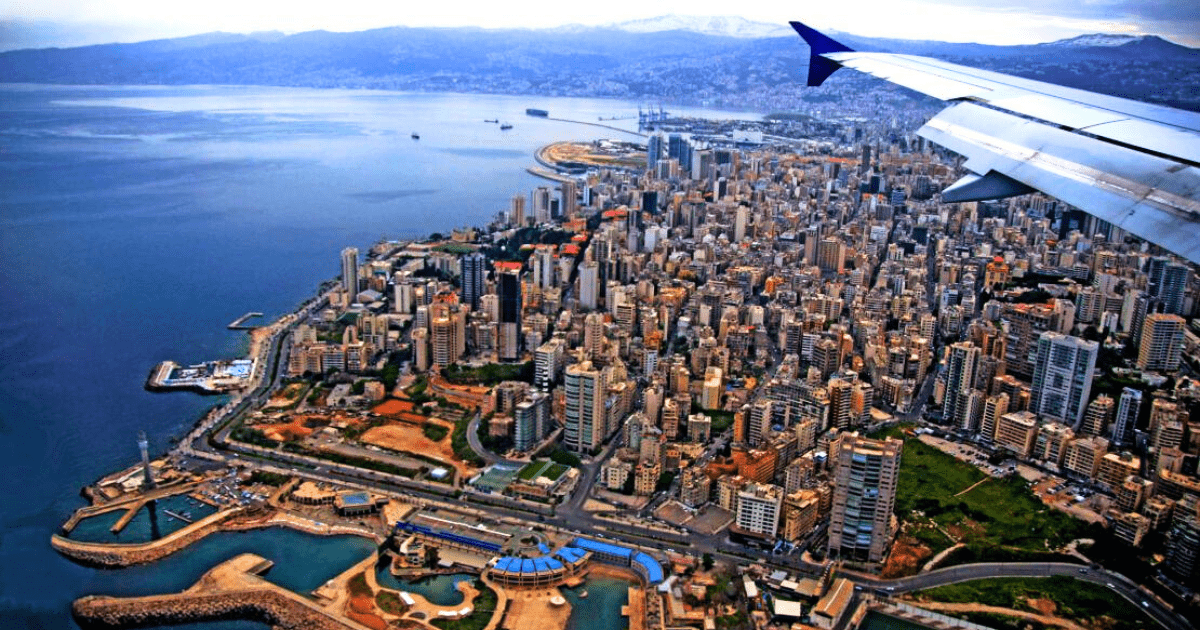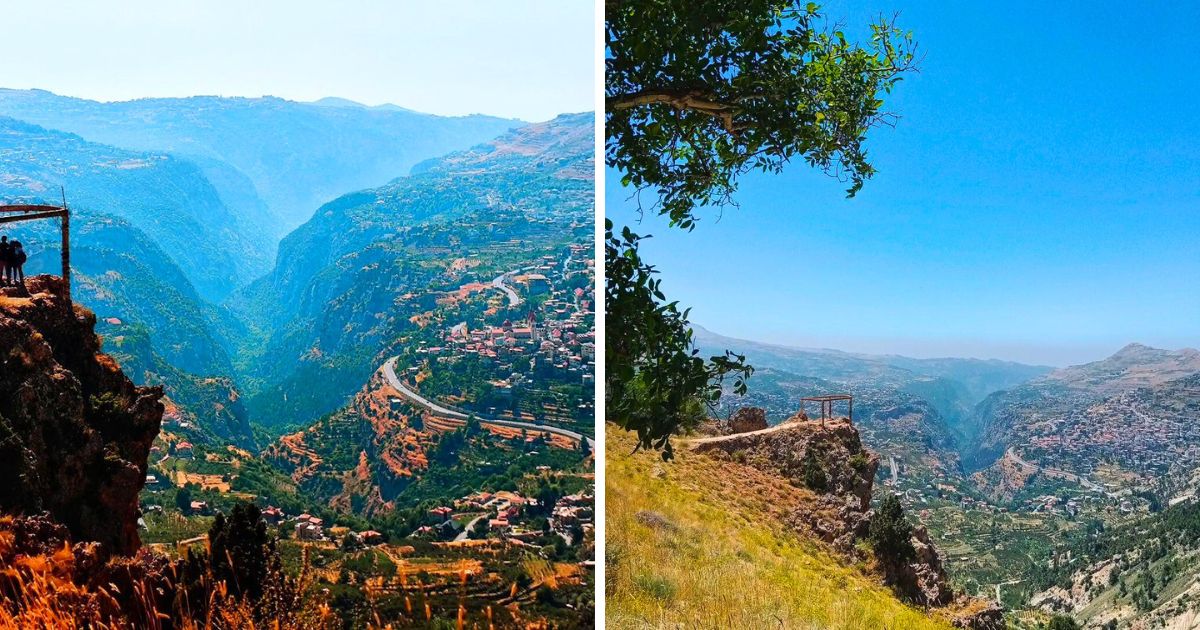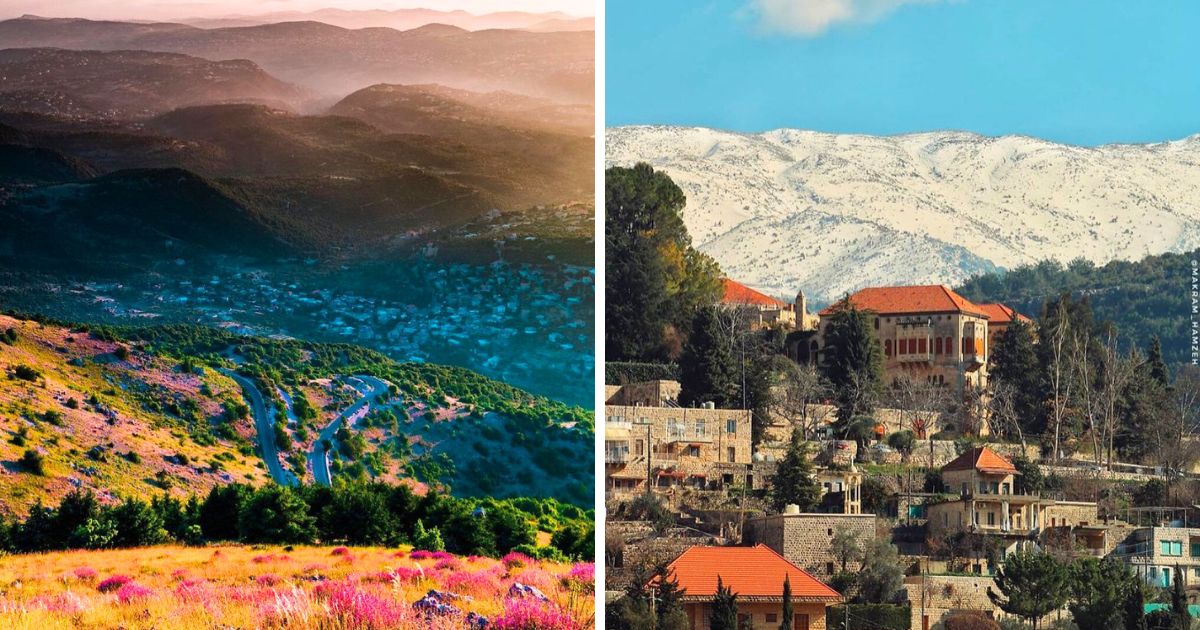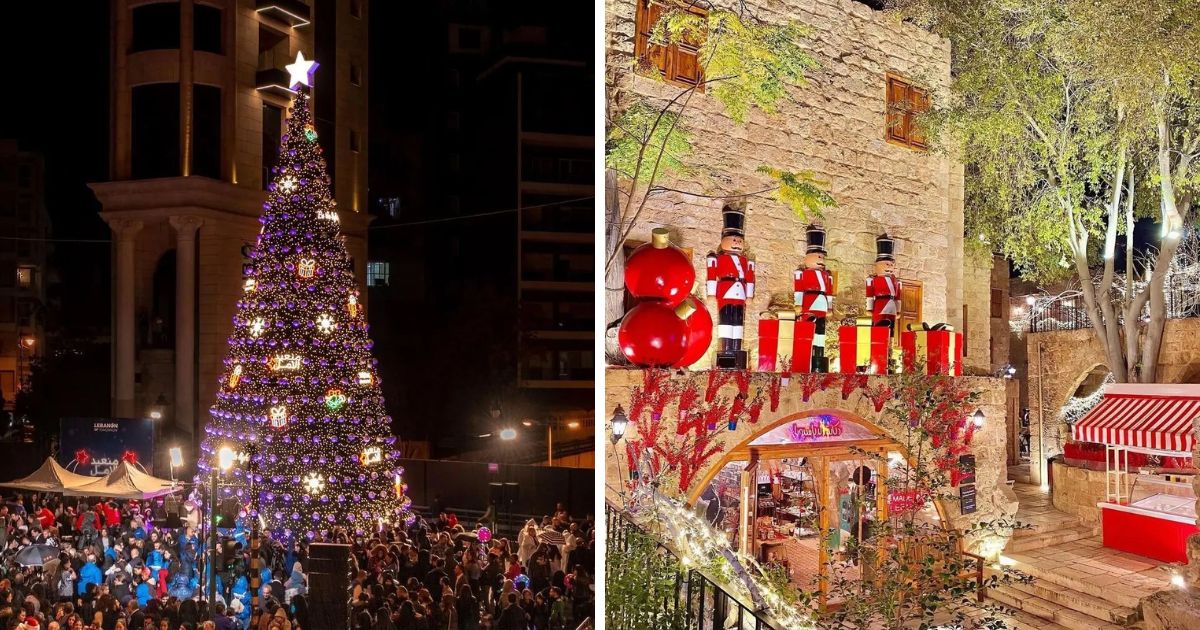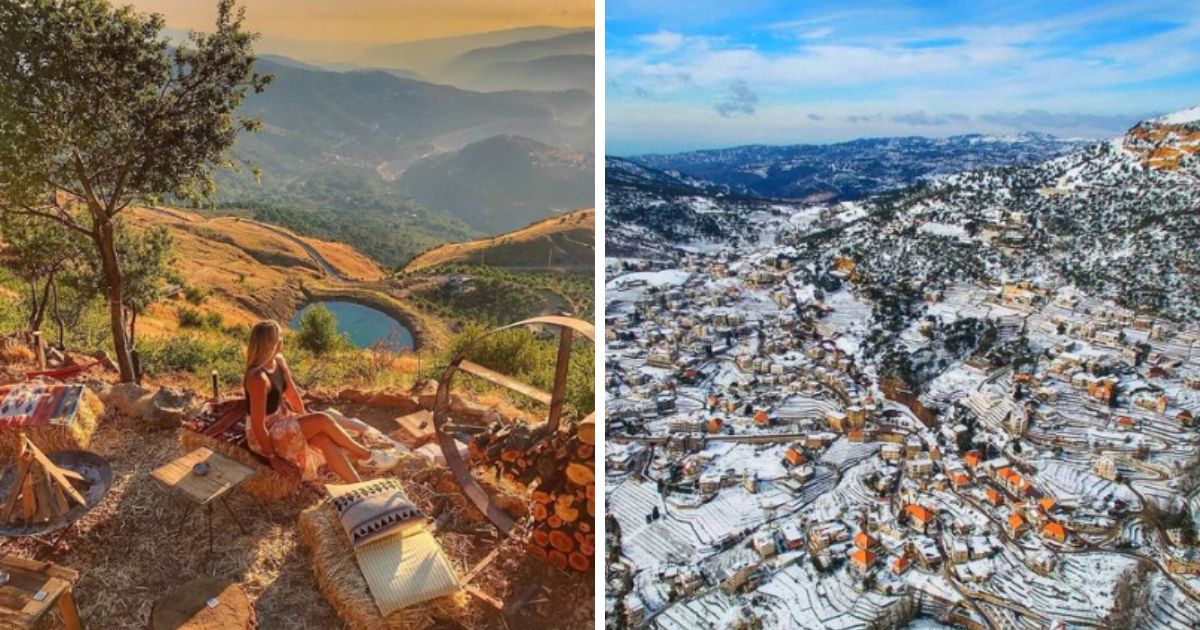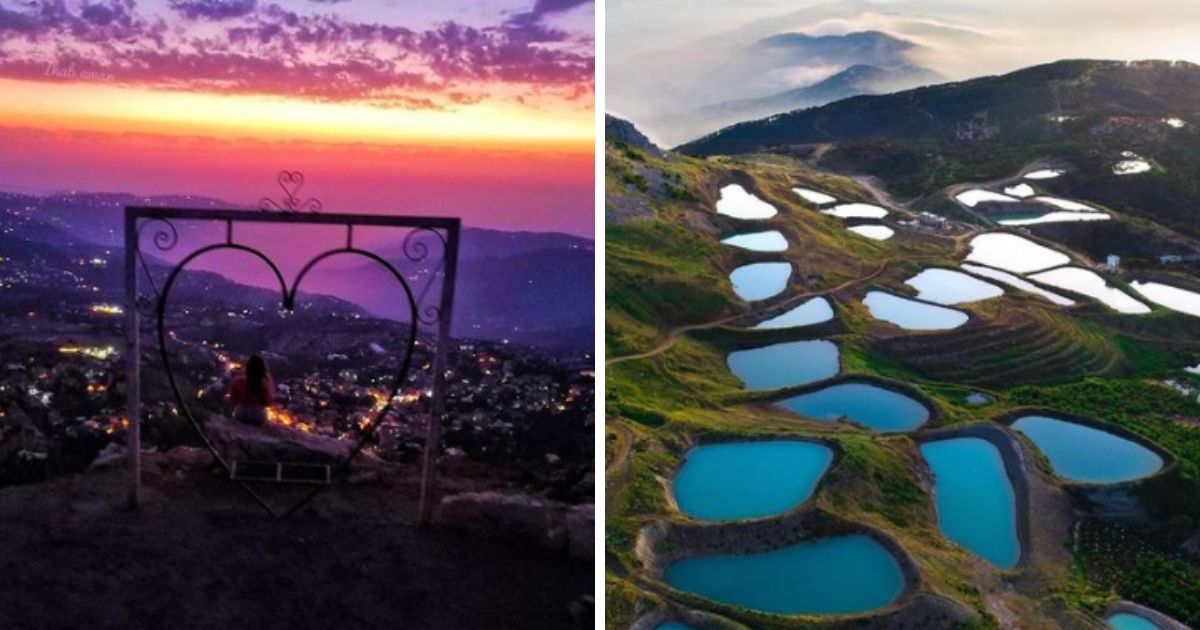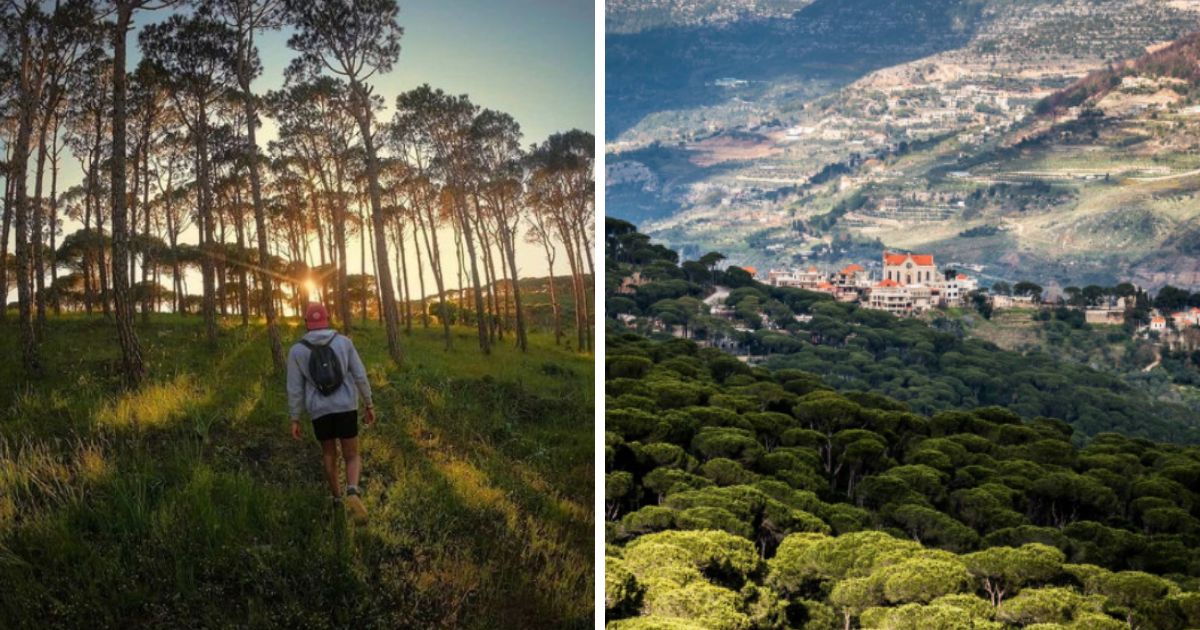The city of Anjar was built by Caliph Walid Ibn Abd El Malak at the beginning of the 8th century, during the Umayyad period.
It stands witness to the Umayyad Civilization and a perfect example of an inland commercial center at the crossroads of two important routes: one leading from Beirut to Damascus and the other crossing the Bekaa and leading from Homs to Tiberiade.
At the end of 1940, archaeologists discovered an ancient city that was never really completed.
Here are pictures of the amazing city of Anjar, which is considered a unique sample of 8th-century town planning.
The town is also known by the name “Haoush Moussa” (Moussa’s home). The population consists almost entirely of Armenians.
The town is formerly known by the name Gerrha. When the site was abandoned by the Umayyad, a large number of well-preserved ruins were left behind.
The present-day name derives from Arabic “Ayn Gerrha” or “Source of Gerrha”.
The Umayyad ruins are recognized as a world heritage site by the UNESCO.
The city ruins cover 114,000 square meters and are surrounded by large, fortified stone walls over two meters thick and seven meters high.
The Directorate General of Antiquities is in charge of the property. Protection of the archaeological vestiges is ensured through regular maintenance (weeding and consolidation of the structures).
A management plan is under preparation. The expropriation of parcels of land adjacent to the archaeological site is ongoing to counter urban development and provide a double band of protection for the site:
The first being an area where no constructions are allowed, and the second an area where exploitation will be minimal in order to conserve the beauty of the surrounding landscape.


